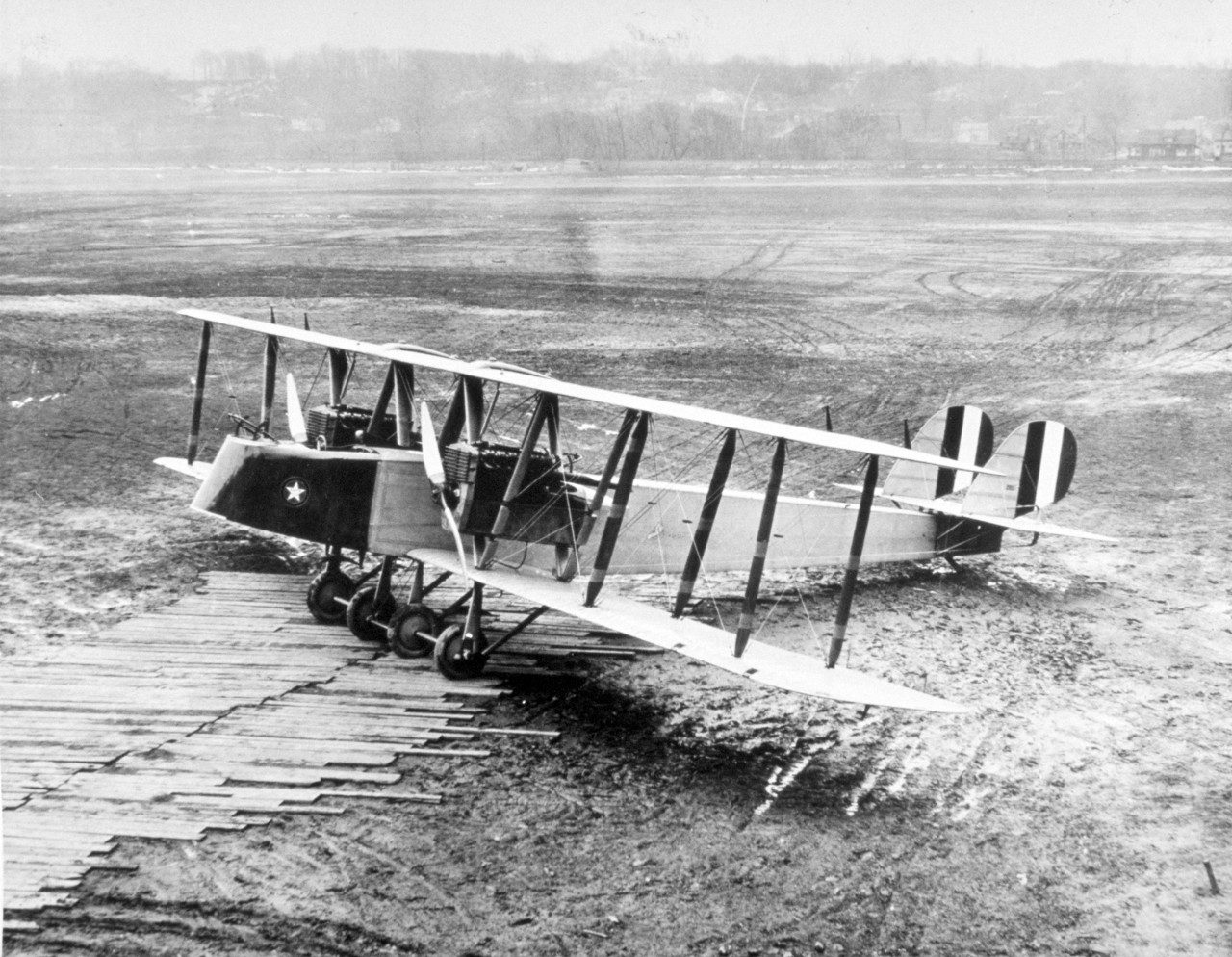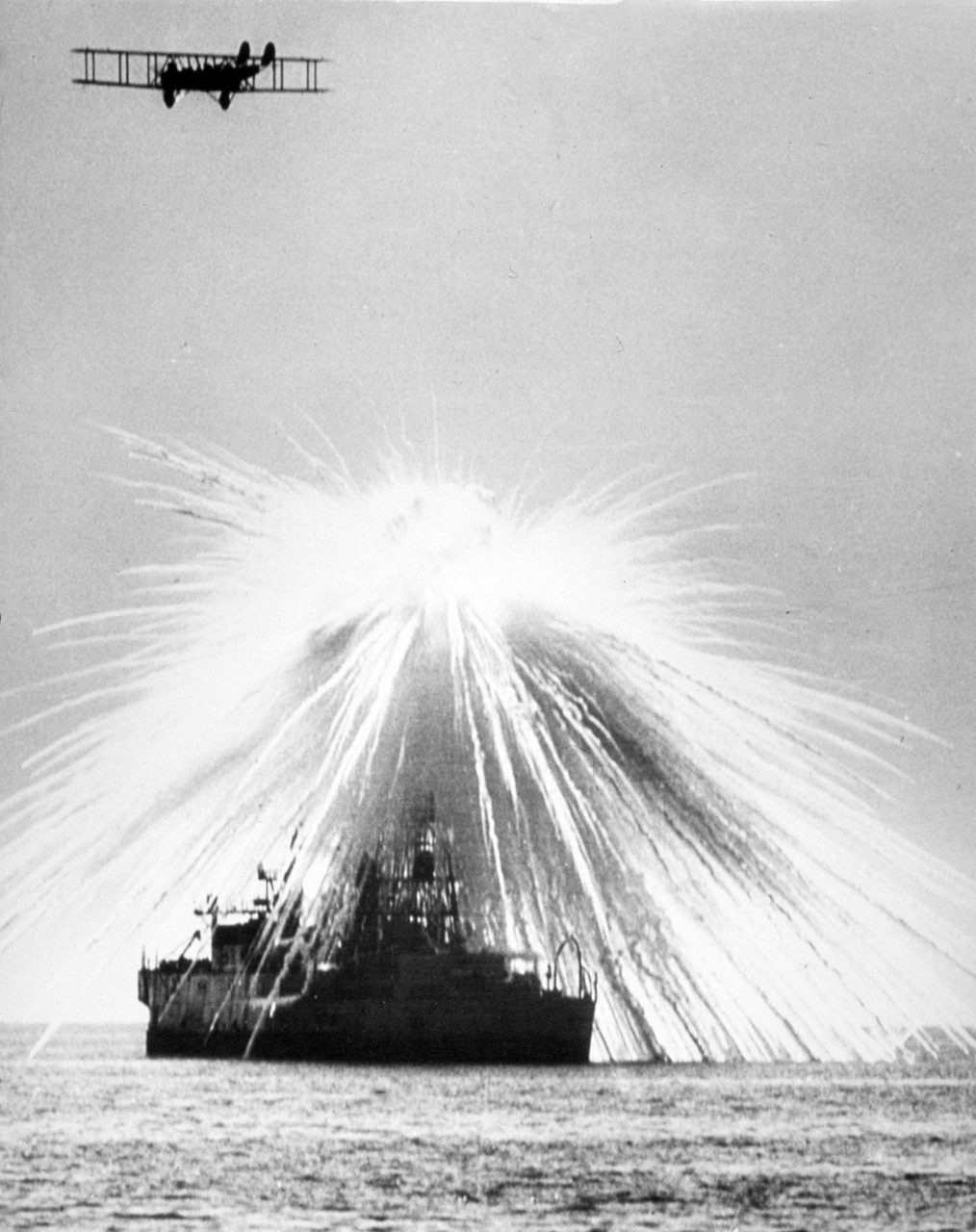Glenn L. Martin was too excited to wait any longer. He knew he had built the most advanced bomber the world had ever seen, the MB-1, and was itching to show it off to the U.S. government.
So in September 1918, two weeks before military officials expected him, he climbed aboard his new bomber and settled in as his pilot, Eric Springer, took off for McCook Field in Dayton, Ohio.
But when the massive aircraft safely set down at McCook, everyone on the plane was immediately arrested. The war in Europe had set the guards on edge. Not only was the bomber’s arrival unscheduled, no one on the ground had ever seen an aircraft quite like it: a hulking 10,000-pound wood-framed biplane with a dramatic 72-foot wingspan. Amidst the chaos, Martin convinced the guards that this was the plane their commanders had ordered.
Capt.Rudolph “Shorty” Schroeder, an ace military pilot, was dispatched to take the MB-1 up for a test flight. An hour later, after challenging it to every aerial test he could conceive, Schroeder returned with nothing but praise. The MB-1 became the first American-designed and built bomber purchased by the U.S. Army.

The Battleship Bomber
Washington’s initial order of 50 MB-1s was cut back to just 10 by war’s end, forcing Martin to field small orders from the U.S. Post Office and Navy. As it did, engineers began work on a redesign of the MB-1, which sacrificed speed and handling for the ability to carry a heavy bomb load.
Impressed, the Army placed an order for Martin’s more powerful bomber, the MB-2, in June 1920. But critics remained skeptical of the efficacy of aerial bombing, questioning whether an aircraft could drop a bomb large enough to damage naval vessels.
To prove the concept in 1921, air power’s greatest champion, Brig. Gen. William “Billy” Mitchell, selected Martin’s MB-2 as his aircraft of choice.
Anchored off the Virginia coast, four ships, including a huge captured German battleship from World War I that was considered unsinkable, were positioned for an aerial bombardment.
Early runs easily sank the smaller ships in minutes, including a German submarine, but Mitchell offered one more display of the MB-2’s unprecedented ability. Seven MB-2s specially outfitted to carry newly developed 2,000-pound bombs, showered the massive German battleship Ostfriedland, dispatching it to the bottom of the Atlantic Ocean in just 21 minutes and 30 seconds.
In response, Major General Clarence C. Williams, the Army’s chief of ordinance, declared, “A bomb that was fired today will be heard around the world.” It was said that the U. S. Navy admirals watching the test wept after the battleship disappeared beneath the waves. A mere airplane had sunk a capital ship.





